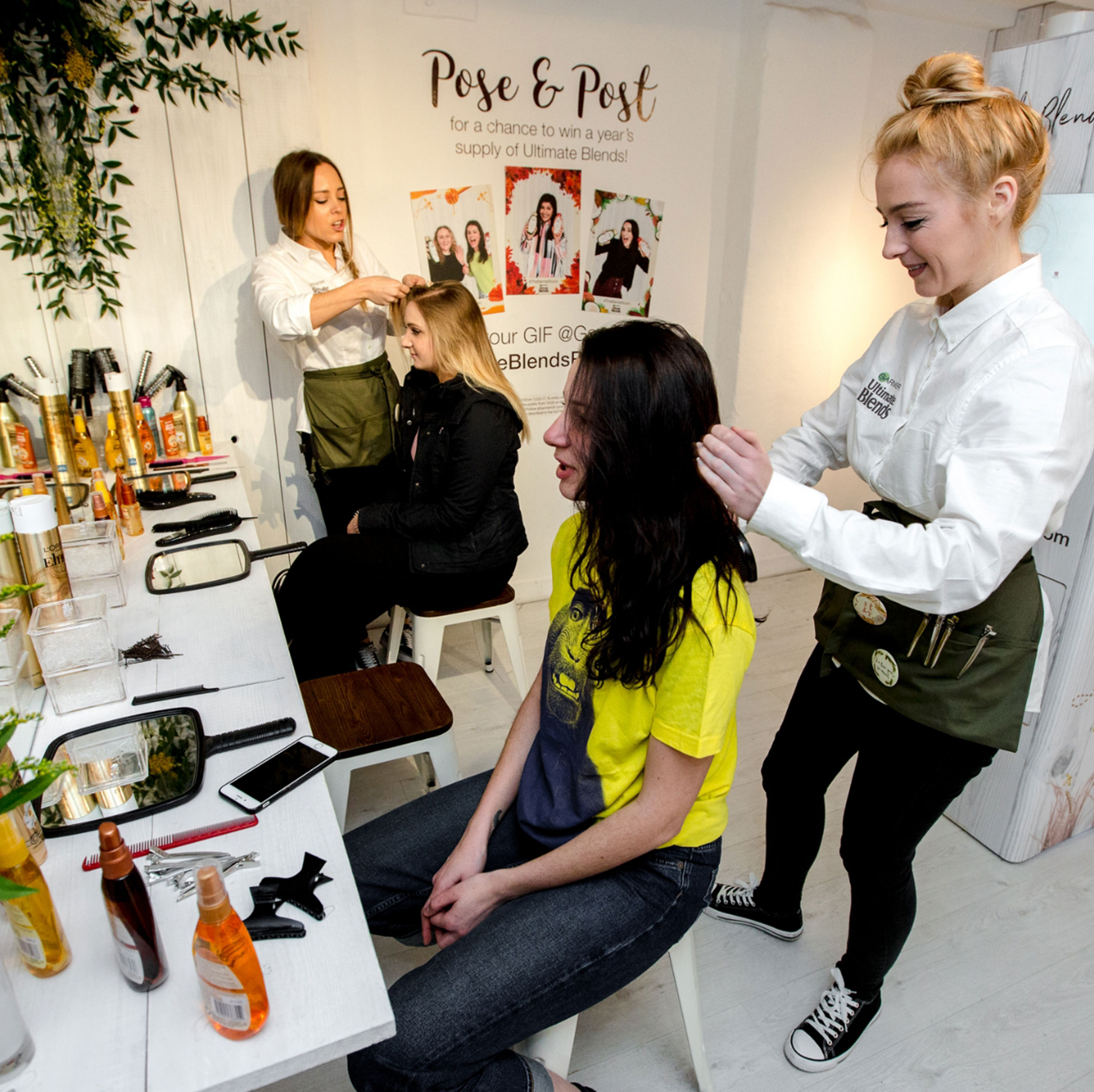
Immense Marketing Value
When running our pop-up for Merchant Gourmet, one of the best values we extracted was the asset; we had a living, breathing space that we could use to shoot content, bring influencers along to run competitions, broadcast live to social media, and generate PR and media content. What’s fascinating is as an integrated marketing campaign, the pop-up often represents the best investment a brand can make – think of all that content that can be created and used across multiple platforms and channels, over and over again. When compared to digital marketing methods, the pop-up is way more cost-effective on a per-view basis than paying for advertising!
